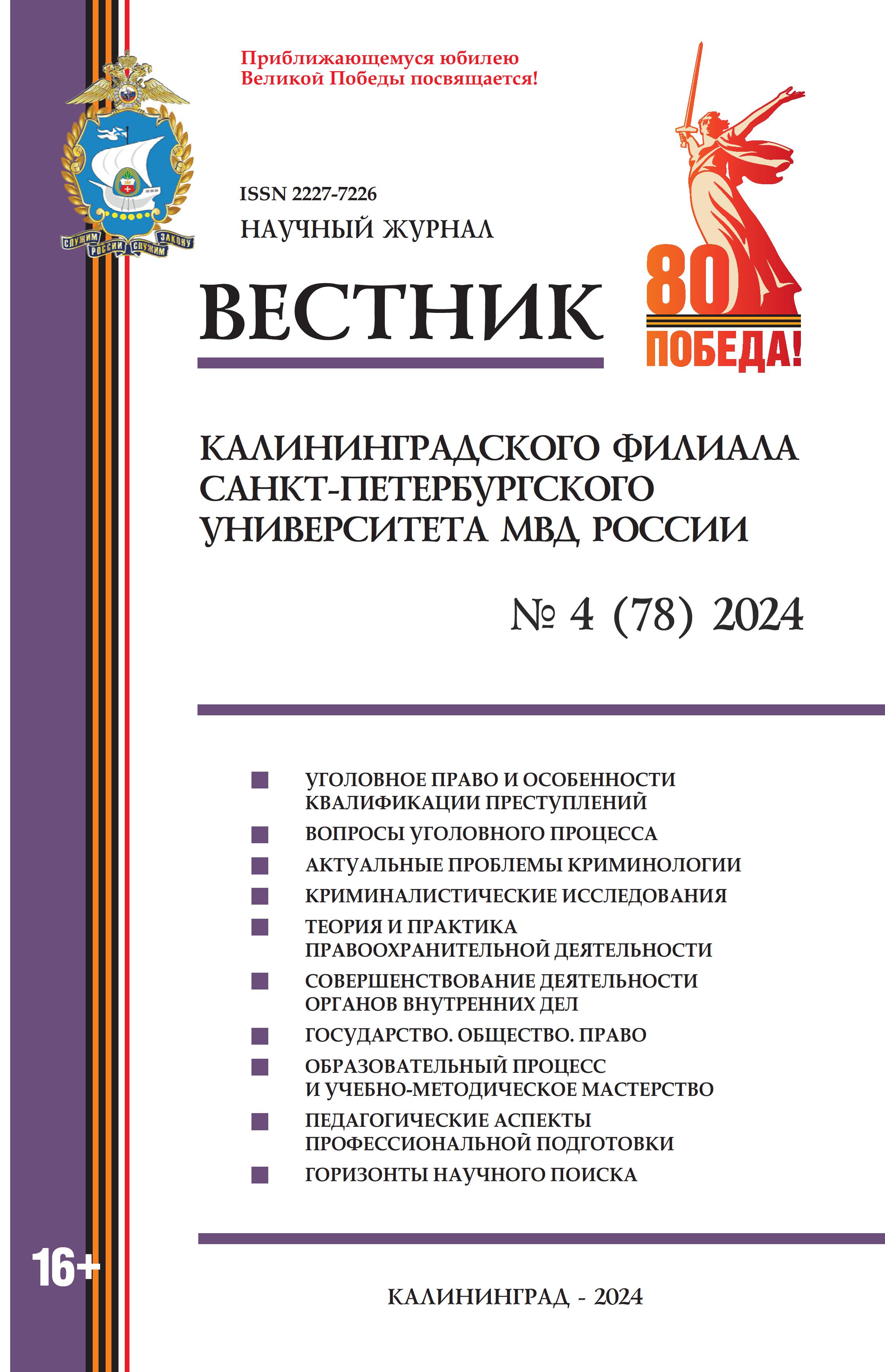Introduction. Currently, cybercrime in general and cyberfraud in particular are recognized as a national problem. The number of crimes of this type is growing from year to year, the damage from them is estimated at billions of rubles, more and more people are becoming their victims – from minors to pensioners. Improvement of artificial intelligence technologies has opened up new opportunities for criminals to commit crimes. Understanding the trends in the development of cybercrime allows us to develop strategies to combat it and assess the effectiveness of measures to prevent and combat it. Methods. The study used: the dialectical method, necessary for a complete and comprehensive study of phenomena, relationships and contradictions between them, as well as description, logical methods (analysis and synthesis, induction and deduction), statistical method, forensic forecasting methods. Results. Based on the conclusions made from the study of scientific literature on the topic of the study, the author formulated the concept of forensic forecasting. This is a scientifically based prediction of changes in the nature of crimes, methods of their commission, as well as possible directions for further development of methods and techniques for combating crime, technical and forensic tools used in investigating crimes, and forensic science in general. Guided by this definition, the author studied the history of cybercrime development in Russia. The reasons and conditions contributing to the growth of indicators characterizing this type of crime are noted, a forensic forecast for the development of the situation in the near future is compiled. Trends associated with the practice of remote fraud are identified, probable ways of further changing fraudulent schemes are outlined. All this is necessary for the development of an effective system of preventive measures, which should contribute to increasing the effectiveness of preventing crimes of this type.
Cybercrime, remote fraud, cyber fraud, deepfake, forecast, forensic forecasting, forecast background, crime method.







